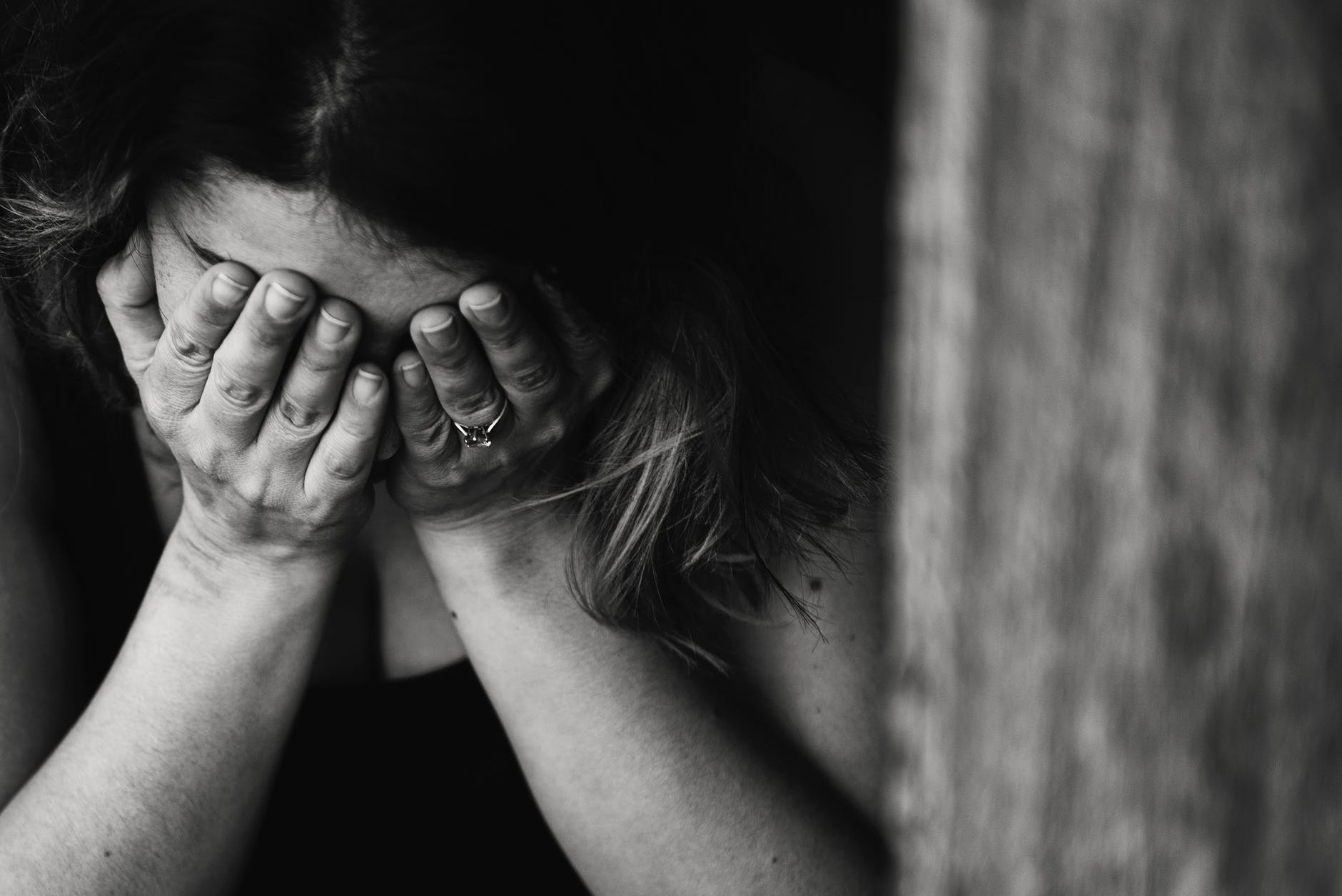
Most of us experience dizziness at some point in life, ranging from feeling queasy in the car, to light headed when we stand up too fast. Dizziness typically falls into one of these categories:
- Vertigo
- Lightheadedness
- Motion Sickness
- Disequilibrium
- Anxiety Related Dizziness
Vertigo
Vertigo is a very common type of dizziness, which occurs when the inner ear (or vestibular system) sends incorrect signals to the brain. This results in a spinning, or whirling sensation in intense, but short bursts. True vertigo (or BPPV) occurs when crystals in our ear are knocked loose and send false information in certain positions. This is treated with maneuvers to re-position the crystals.
Lightheaded
Lightheadedness is the feeling that you are about to faint, sometimes caused by quickly changing positions, a drop in blood pressure, or low oxygen levels. It is also common to feel lightheaded when in busy environments, such as in a mall or grocery store, or when moving the head up and down, or side to side.
Disequilibrium
Disequilibrium is the feeling of general imbalance. This often leads to a fear of falling, unsteadiness with walking and avoidance of activities. This type of dizziness/imbalance leads to a higher risk for falls.
Anxiety
High stress can cause you to feel overwhelmed and also lead to dizziness. At the extreme end, this may result in an anxiety attack which causes high levels of dizziness.